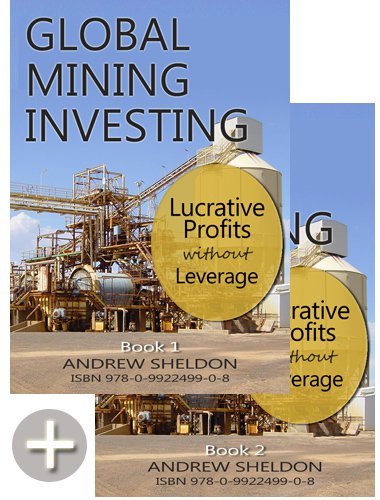Whose responsibility is market pricing? Whether you consider ASIC, the legislature or the Australian Stock Exchange to be responsible for market regulation, you would have to wonder why a company is able to persist with a 'market pricing regime' which undermines the capacity of shareholders to sell stock. I am talking of course of the situation in which Non-Liability companies (N.L.) are able to raise capital below their par value infinitum, to the point of amassing issued capital in Australia in the billions, whilst retaining just 3,000-10,000 shareholders; often with just 100s of units after years of depreciation, and no incentive to sell because the value of the stock is less than the brokerage fee to sell them (i.e. $30). This problem is overcome by the provisions for companies to buy back small 'unmarketable' parcels of stock.
What is lacking however is an assurance that the company, ASIC or the ASX will ensure that there is a 'real market' in the stock. Consider the situation for two mining stocks that come to mind:
1. Republic Gold (RAU.ASX) - stock quotes as of 12th July
Buyers 11 83288497 0.1c
Sellers
Price Quantity Number
0.002 186536704 113
0.003 44261847 27
0.004 11897500 13
0.005 17970861 16
0.006 10167149 6
0.007 4831500 3
0.008 1300001 2
0.009 11740000 3
0.010 1750000 2
0.012 176338
Its fair to say that there is no real market in this stock. It is also fair to say that shareholders should not have to raise their price 100% in order to buy some stock, nor lower their price 100% in order to sell. The implication is that there is no 'liquidity' in this market, and no effort has been made by all concerned to ensure that liquidity. I personally know this stock, and I suggest there is no reason to expect a turnaround that is likely to lift it 500%, which might otherwise justify 'patience'. Irrespective, the current context justifies a recapitalisation of the stock. No director wants to do this because its a concession that you have failed to retain shareholder value. In fact however, exploration is risky, and some directors are better than others at finding good projects.
Here is another example....
2.
RAM Resources (RMR.ASX) - stock quotes as of 12th July
Buyers
14 13864126 0.002
52 117649338 0.001
Sellers
Price Quantity Number
0.003 6083332 13
0.004 17417700 7
0.005 2672000 4
0.006 4330423 3
0.007 5445163 2
0.008 80000 1
0.009 4000000 2
0.010 6266301 5
0.011 1608933 3
This stock is actually one of merit; but again, it is ridiculous that a stock is able to rise 50% in one day simply because there is no effective liquidity, or interim increments of unit price to justify the price rise. The simply solution is for this company's 955mil shares to be recapitalised from 0.2c with a 10x consolidation to 95.5mil shares around 2-3c. This is still a very cheap stock price, but at least it offers some liquidity.
RAM Resources actually has an appealing project in Greenland for rare earths. This is a pristine natural landscape so you might wonder whether this project will be developed; though its mineral composition differs from the equally significant rare earth deposits of
Greenland Minerals & Energy (GGG.ASX). China produces 80% of the world's rare earths; and yet industrial countries are being challenged to find new sources because China has adopted quotas to ensure security of supplies. It intends to cut output by 15% per annum.
------------------------------------------











